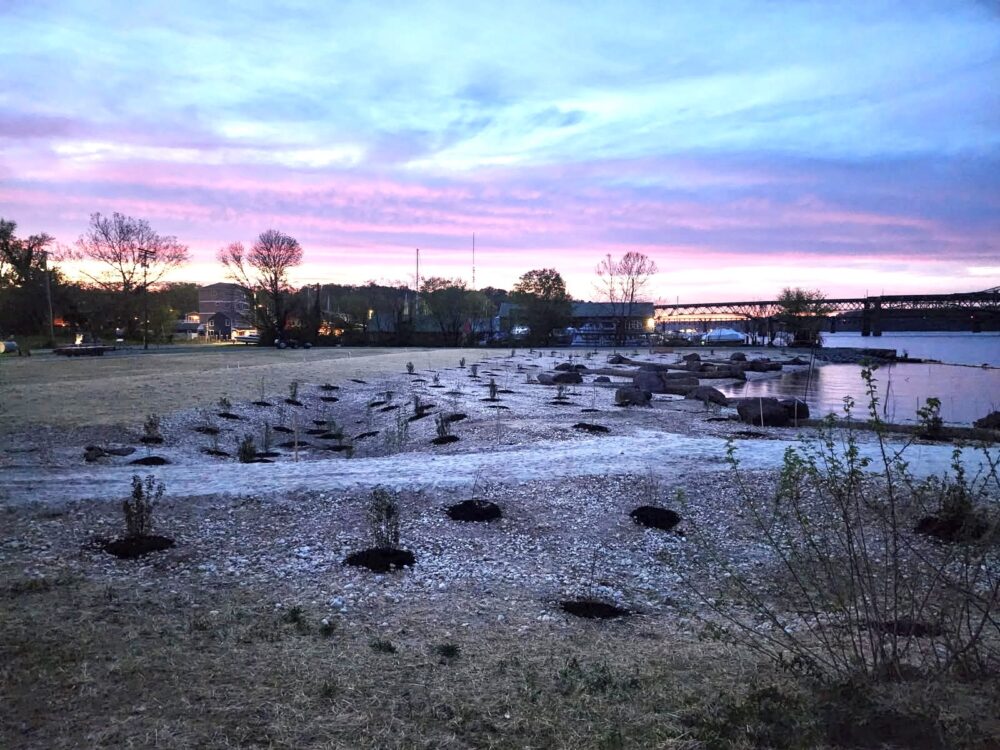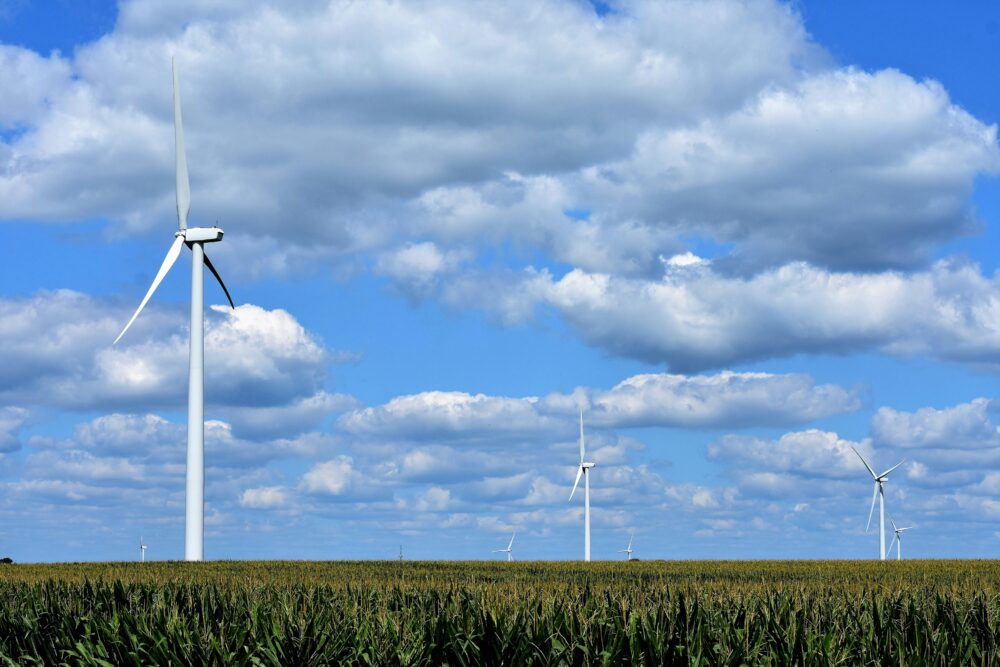We have much more to do and your continued support is needed now more than ever.
American Wetlands Month in Review: Trouble for the Everglades
This May marks the 25th anniversary of American Wetlands Month – an opportunity to celebrate the critical ecological and economic importance of wetlands for the country. Wetlands improve water quality, serve as a first line of defense against flooding, and provide important habitat for countless species of fish and wildlife.
Unfortunately, Wetlands Month this year brought some bad news for one of the largest and most productive wetland systems in the world – the Florida Everglades.

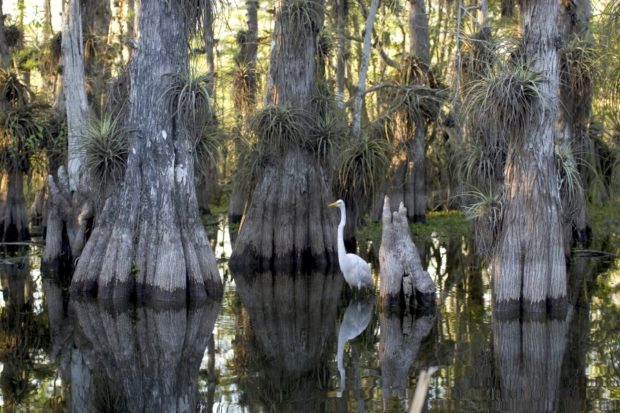
While meaningful progress has been made in recent years, fundamental obstacles remain. Water that once naturally overflowed from Lake Okeechobee into the Everglades is now caught in the lake by the dam. In times of high water, the US Army Corps of Engineers releases millions of gallons east and west of the lake into the Caloosahatchee and St. Lucie rivers. This water is polluted by runoff from farming and urban areas north of the lake. The result is that the sudden release of large volumes of polluted water causes significant damage in the rivers and their estuaries where they flow into the Gulf and the Atlantic.
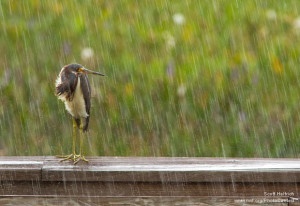
Several years ago, Governor Charlie Crist executed an option agreement on land owned by U.S. Sugar, a large agricultural company that owns a strategically-placed property that would have been the perfect location for the reservoir. Unfortunately, earlier this month the South Florida Water Management District, which would have purchased the land, voted to kill the deal, citing lease restrictions and cost concerns.
However, this transaction was among the purchases that Floridians had in mind last November when 75% of voters approved Amendment 1, dedicating funding for land acquisition, habitat restoration, and water protection across the state.
Although the amendment clearly calls for funding an existing acquisition and restoration program known as Florida Forever, both the Florida Senate and House approved only a small amount of money for this program, signaling that they intend to utilize some of the Amendment 1 funding for unrelated spending.
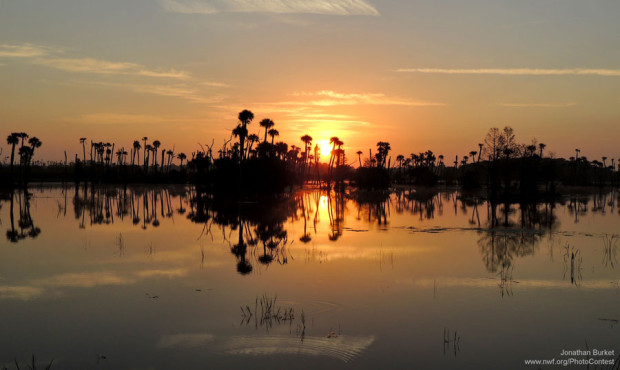
![]() Help NWF continue our wetland conservation efforts to restore the American Everglades.
Help NWF continue our wetland conservation efforts to restore the American Everglades.
Preston Robertson, Vice President of Florida Wildlife Federation, co-authored this post.















